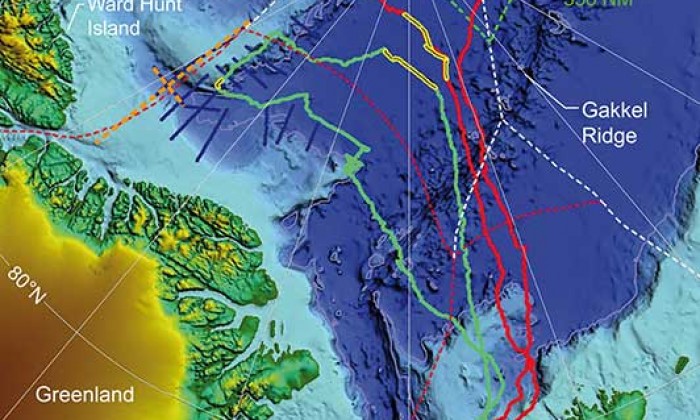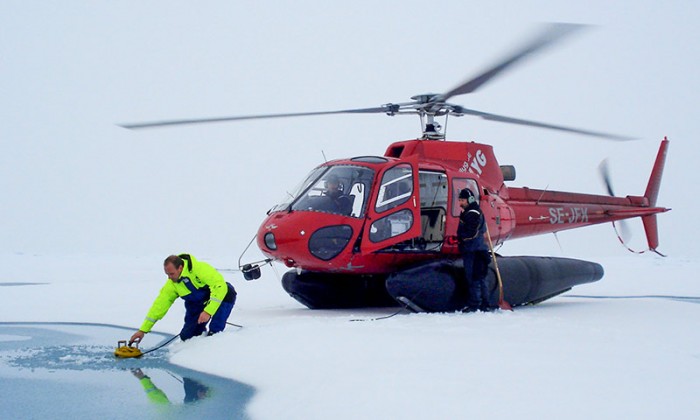
Expedition: LOMROG II
31 July 2009 - 10 September 2009 Arctic Ocean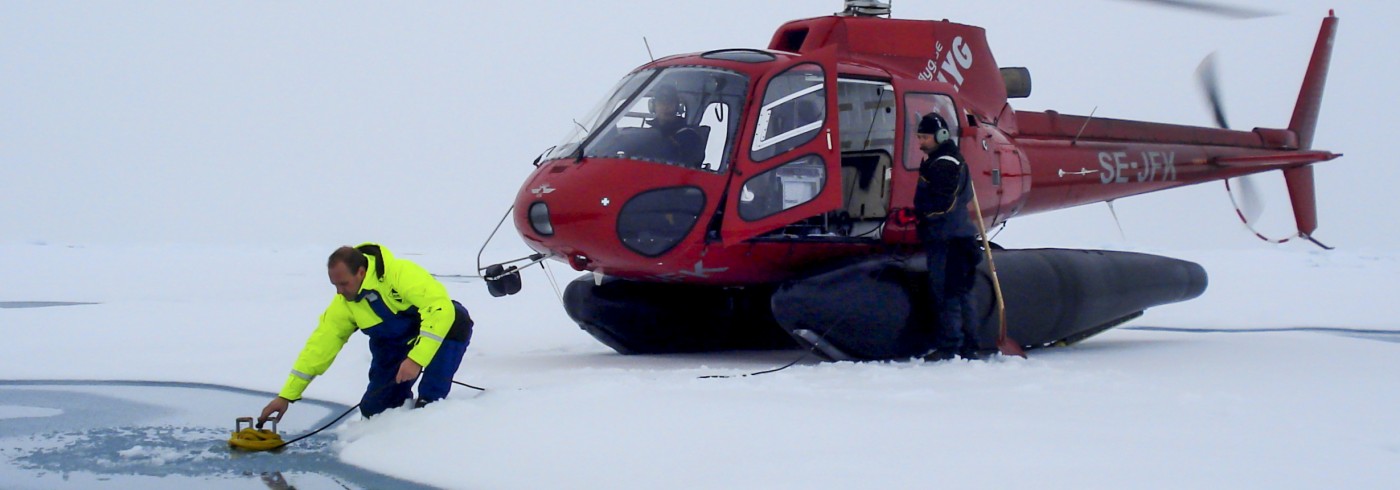

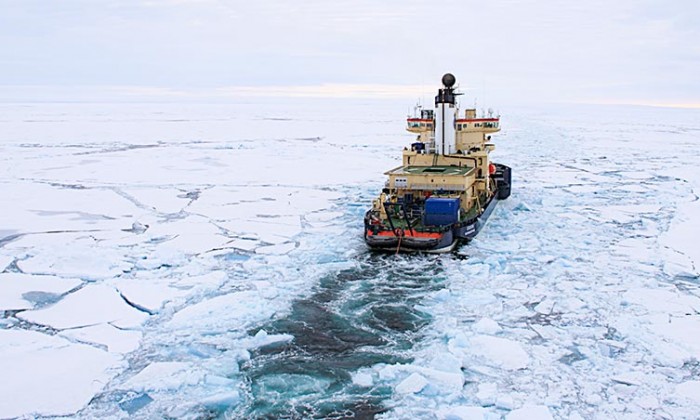
Seismic data acquisition
The second priority of the cruise was to acquire seismic data in the Amundsen and Makarov Basins on both sides of the Lomonosov Ridge. In order to work successfully in the harsh conditions, the seismic equipment had to be modified.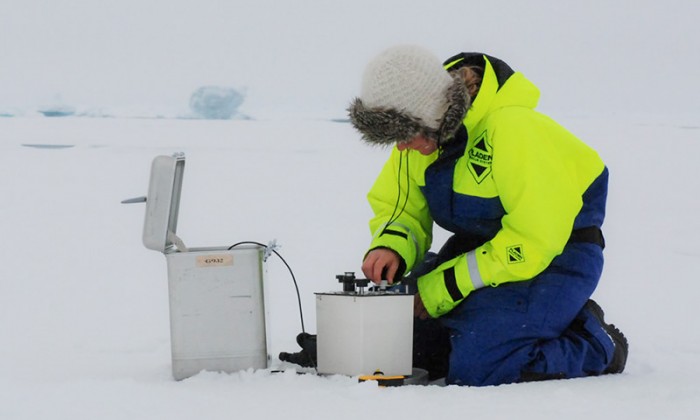
Gravimetric data acquisition and ice thickness measurements
Gravity measurements were carried out with a marine gravimeter of type Ultrasys Lacoste and Romberg, as on LOMROG I, mounted in the engine room close to the centre of mass of Oden .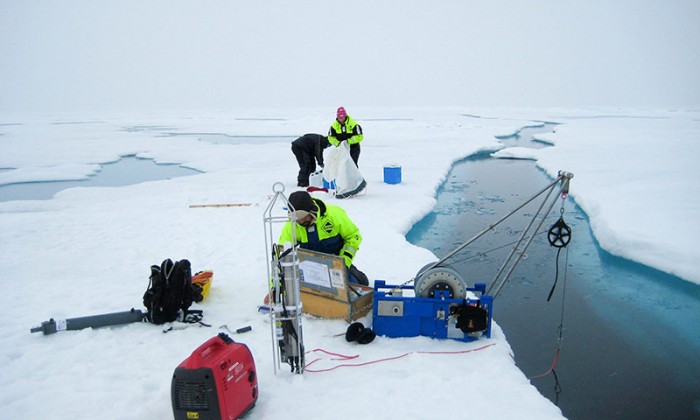
Oceanography – CTD measurements
The primary purpose of the oceanographic work during LOMROG II was thus to supply representative, near real time vertical profiles of sound velocity derived from CTD measurements of temperature, salinity and pressure as a function of depth.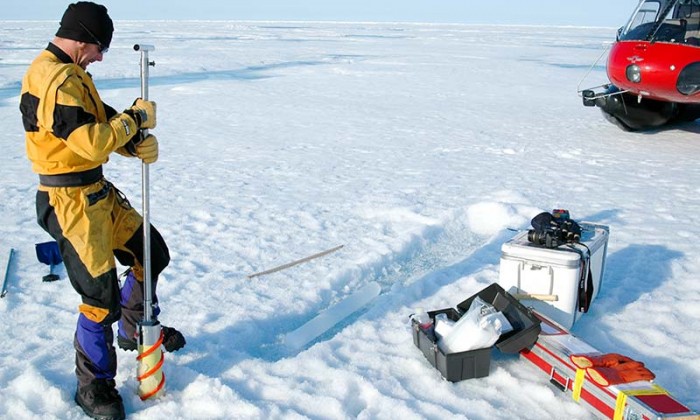
Microbial respiration in Arctic sea ice
This project seeks to establish how large a role microbial respiration plays in determining the concentration of CO2 within both first-year and multi-year sea ice, and thus influencing the exchange of CO2 between sea ice and the atmosphere. Ice cores were retrieved at a total of 14 ice stations.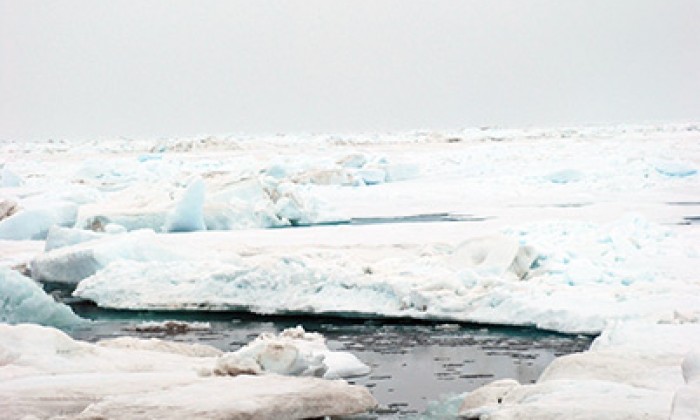
Bacterial communities and bioactive bacteria
This study addresses the investigation of marine bacterial communities in largely unexplored north polar habitats, as well as the isolation of bioactive bacteria from these locations.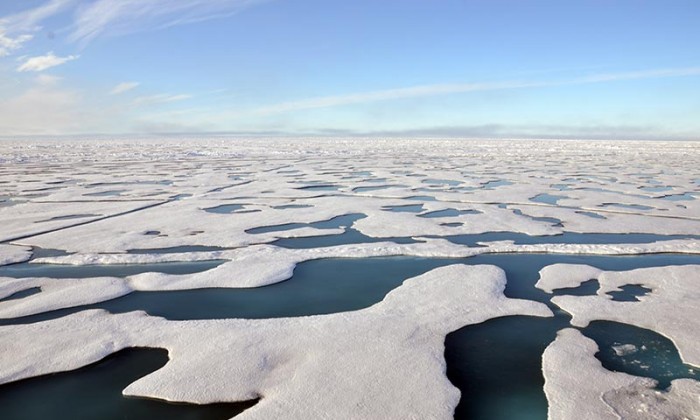
DNA of the polar seas
The overall goal of the project is to compare and establish a baseline for the genetic repertoire of microbial communities of various polar region environments: The deepest and coldest parts of the oceans, snow samples and sea ice cores.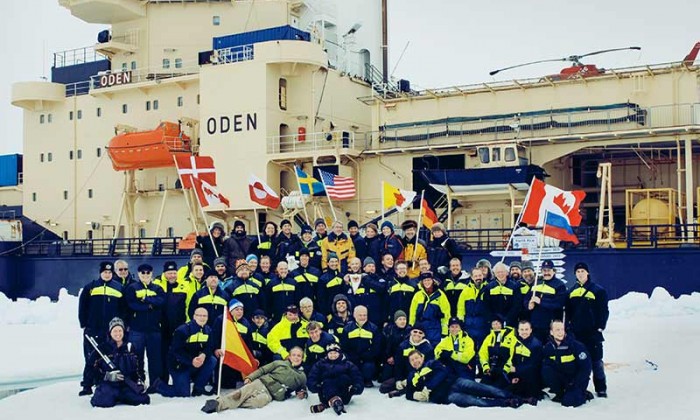
Past environmental changes in central Arctic Ocean
On this cruise the aim was to obtain high resolution sediment records from the Lomonosov Ridge in the central Arctic that can reveal something about the deep water circulation in the Arctic basins, the sea ice history and the connection to the huge ice sheets that developed on the American and Eurasian landmasses surrounding the Arctic Ocean.
Zooplankton dynamics in Arctic Ocean ecology
Plankton are organisms defined as passive drifters of the sea. Through the process of photosynthesis phytoplankton convert solar energy, carbon dioxide, water and nutrients into organic compounds.